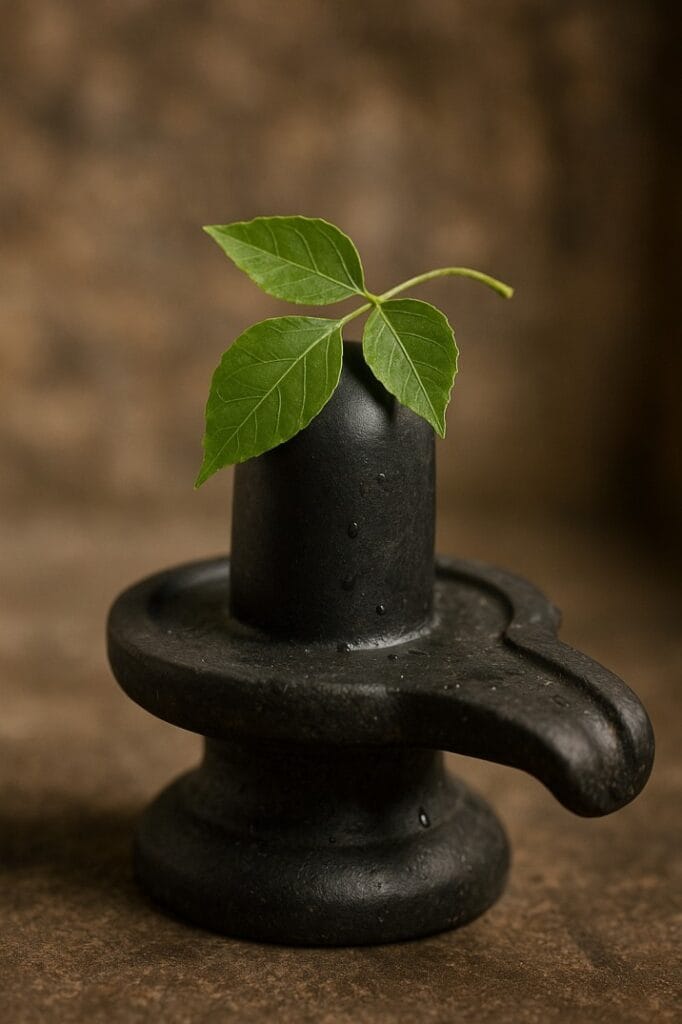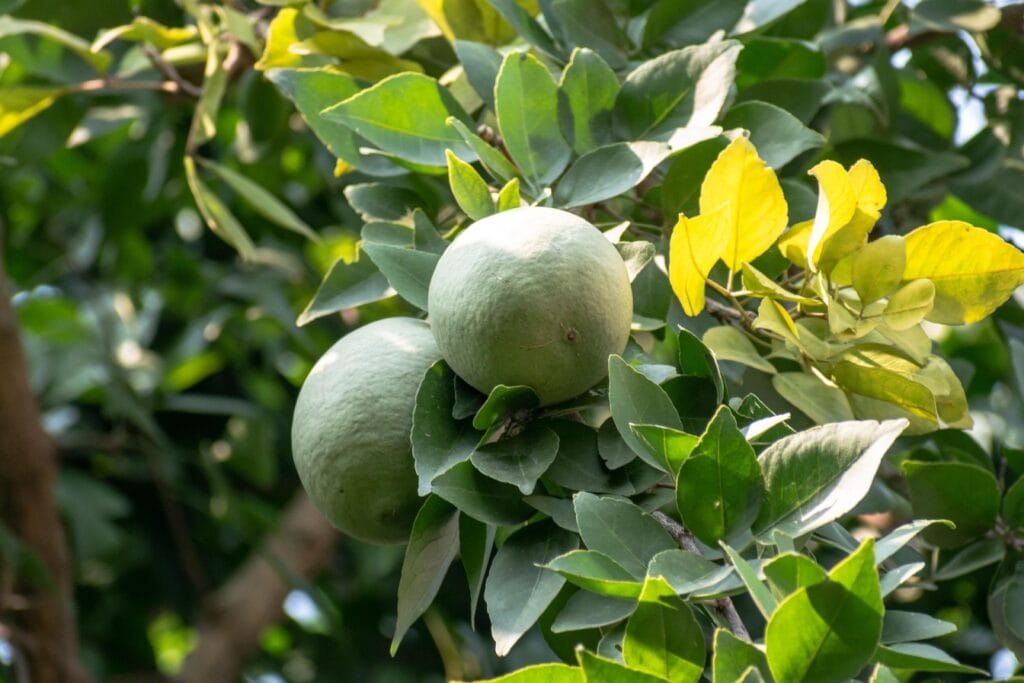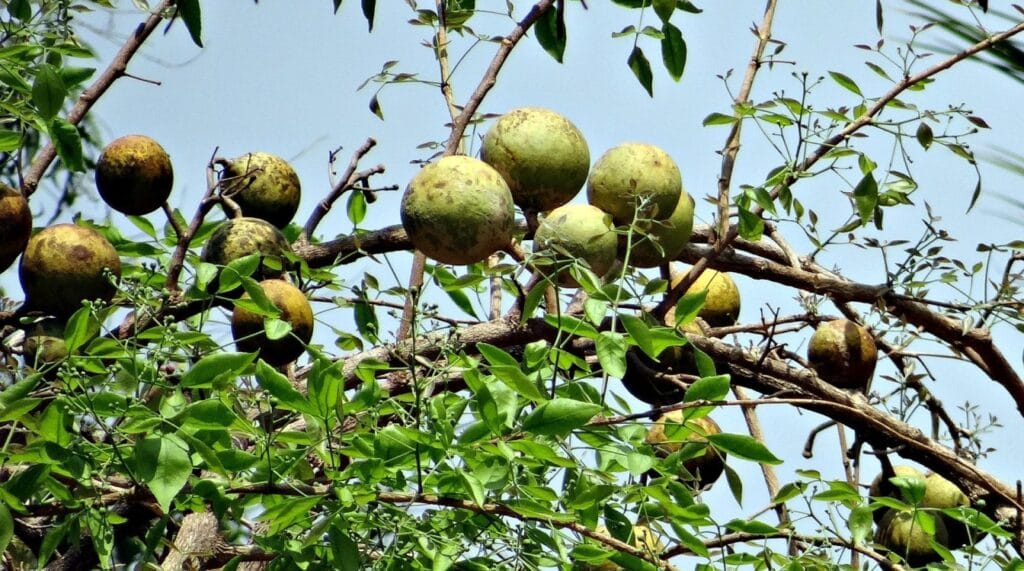The Bel Patra plant, also known as Bael or Bilva, holds immense religious and medicinal importance in Hinduism. Revered for its trifoliate leaves, this sacred plant is primarily associated with Lord Shiva and is widely used in rituals and Ayurvedic medicine. In this blog, we’ll explore its religious significance, health benefits, cultivation tips, and more.
The scientific name for the Bel Patra plant is Aegle marmelos. It is also commonly known as Bael, Bengal quince, or Stone apple. The plant is native to India and Southeast Asia and is widely used in Ayurvedic medicine.
Religious Significance of Bel Patra

In Hinduism, the Bel Patra leaves are considered highly auspicious, especially in the worship of Lord Shiva. The trifoliate leaves symbolize the Trinity (Brahma, Vishnu, and Mahesh), making them an essential offering in Shiva Puja.
- It is believed that offering Bel Patra leaves with devotion pleases Lord Shiva and brings blessings, prosperity, and good fortune.
- The leaves are often used in Rudrabhishek, a sacred ritual dedicated to Shiva.
- The plant is also associated with Goddess Lakshmi, and having it at home is said to attract positive energy.
Medicinal Properties & Health Benefits

The Bel Patra plant has been used in Ayurveda for centuries due to its therapeutic properties. Some key benefits include:
1. Digestive Health
- The leaves and fruit help in treating indigestion, diarrhea, and constipation.
- Bael fruit juice is known to improve gut health and boost metabolism.
2. Skin Care
- The leaves have anti-inflammatory properties, useful in treating skin conditions like eczema and acne.
- A paste made from Bel Patra leaves can be applied to wounds for faster healing.
3. Respiratory Relief
- The leaves are used in Ayurvedic remedies for cough, cold, and asthma.
4. Blood Sugar Control
- Studies suggest that Bel Patra extracts may help regulate blood sugar levels, benefiting diabetic patients.
How to Grow & Care for Bel Patra Plant

If you wish to grow this sacred plant at home, follow these simple cultivation tips:
1. Soil & Planting
- Prefers well-drained, sandy loam soil.
- Can be grown from seeds or cuttings.
2. Sunlight & Watering
- Requires moderate sunlight (4-6 hours daily).
- Avoid overwatering as it can lead to root rot.
3. Climate
- Thrives in tropical and subtropical climates.
- Can tolerate drought but grows best with regular watering.
4. Pruning & Maintenance
- Prune dead leaves to encourage new growth.
- Use organic fertilizers for better yield.
Other Names & Uses of Bel Patra
The Bel Patra plant is known by different names across regions:
- English: Bael
- Sanskrit: Bilva
- Hindi/Urdu/Bengali/Punjabi: Bel
Additional Uses:
- The fruit is edible and used in juices, jams, and traditional sweets.
- The leaves are sometimes used to flavor dishes in some cuisines.
- The wood of the tree is used in making small tools and religious artifacts.
Read more- Lasura Cultivation: A Profitable Agroforestry Crop for 2025
Conclusion
The Bel Patra plant is not just a sacred offering but also a powerhouse of medicinal benefits. Whether you grow it for religious purposes or health advantages, this plant is a valuable addition to any home. By understanding its significance and proper care, you can harness its spiritual and therapeutic potential.
Have you ever used Bel Patra leaves in worship or Ayurvedic remedies? Share your experiences in the comments below!
Shivank patyal is a versatile blogger with a B.Sc. in Plant Biotechnology and 5 years of experience writing about agriculture, sustainability, and entertainment topics. With expertise in digital marketing and field experience in crop cultivation, Shivank provides practical insights for farmers while also engaging readers with content on diverse subjects. Passionate about sharing knowledge, Shivank combines education and creativity to connect with a wide audience.





[…] The Sacred Bel Patra Plant: Significance, Benefits, and CultivationJune 25, 2025 […]